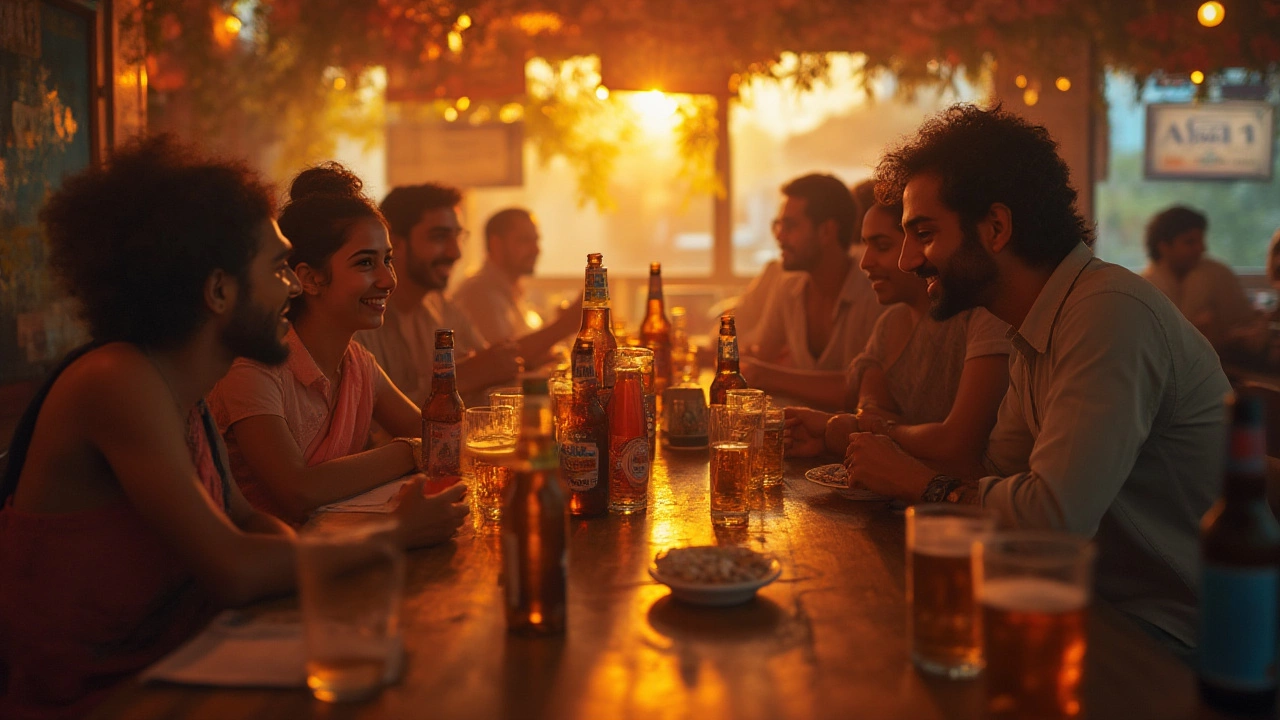
You know that familiar tug when you’re reaching into the fridge—so many beer choices, but which bottle really takes the crown as top dog on our planet? Forget pub arguments and snobby sommelier speeches; the answer might actually surprise you because it’s not about who pours the perfect pint at your local bar but about world-shifting numbers, legendary brands, and the beers that cross borders faster than gossip in a small town. It’s a mix of statistics, culture, taste, and some serious marketing magic. Some contenders get worldwide fame for their taste, while others are all about ubiquity and sales records. Ready to settle those debates once and for all?
The Metrics of Beer Greatness: Sales, Fame, and Influence
Let’s start by cutting through the foam: what does it mean for a beer to be “number one” in the world? The first and most common measure is sheer volume of sales. It’s not the craft brews Instagrammed in small clubs, but the beers sold in the billions of liters that often get the top place. According to Guinness World Records and sales reports from 2024, the top-selling beer worldwide isn’t a Belgian ale or a rich stout but a pale lager brewed in China: Snow Beer. Produced by China Resources Snow Breweries, Snow Beer boasts mind-boggling sales figures—over 100 million hectoliters a year, and that’s just scratching the surface. That’s more than double the annual global sales of Budweiser, the top American beer export, and trumps beloved brands like Heineken, Corona, or Guinness.
What’s driving these numbers? China’s population, massive urbanization, and the brand’s affordability play huge roles. The average bottle is cheap, widely available, and targeted at everyday social gatherings—the kind you see after work, at street-side restaurants, and at family dinners. In China alone (where drinking age is 18), beer sales make up about a quarter of global consumption, and more than one in every four beers cracked open in the world is Chinese. Internationally, Snow is only now starting to market outside Asia, so most Western drinkers may have never tried it. But in terms of pure volume, nothing else comes close.
Still, popularity and influence aren’t just about sales—you’ve got to look at cultural reach and recognition. Beers like Budweiser, Heineken, or Guinness aren’t the best sellers globally, but their logos are instantly recognized everywhere from Paris to Manila. Consider this stat: according to a 2023 Euromonitor report, Heineken is served in nearly 200 countries. By comparison, Guinness is the third-most imported beer in the United States, and Corona wins summer with its beachy branding in 120+ countries.
The split between which beer is ‘number one’ depends on how you weigh all these factors. So, if you’re judging by taste awards, Guinness and Westvleteren XII (from Belgium) are always in the top ratings according to World Beer Awards. But if you’re keeping tabs on what’s actually in the hands of most people worldwide, the answer tips heavily towards Snow Beer—and if we’re looking at “brand power,” then Heineken, Budweiser, and even Corona get a mention.
What Really Sets the Best Beer Apart?
If beer is your go-to for unwinding or socializing, you know taste and experience matter as much as the label. So, what makes a “number one beer” so irresistible to millions? The answer isn’t just about one magic recipe. Instead, think stash of secrets: consistent flavor, massive production scale, affordable pricing, and, believe it or not, marketing that really speaks to culture and mood.
Let’s break this down a bit. For example, Snow Beer isn’t out to win craft beer snob contests for the hoppy aroma or rich amber color. It’s a light, easy-drinking lager—mild in flavor, kept fresh, and designed to appeal to a broad crowd. It’s basically the liquid backdrop for hotpot dinners, karaoke nights, and football matches across China.
Contrast that with something like Guinness, known for its velvety stout and iconic surge. It’s more about experience—the thick, foamy head, roasted aroma, and a tiny bitter punch. People associate it with St. Patrick’s Day or cozying up in Irish pubs. And then you have Heineken, which uses their ‘A-yeast’ secret formula and lives off the legend of global travel. So, even though the beers are wildly different, these top brands have all figured out how to be part of people’s rituals and celebrations.
What’s wild is how local culture picks its champion. In Mexico, it’s Corona and Modelo Especial (especially with lime, salt, and hot sun). In Germany, you’ll see Paulaner or Erdinger at Oktoberfest tents. In the US, domestic lagers like Bud Light or Coors Light dominate tailgates and summer BBQs despite all buzz around craft IPAs. And in places like Belgium, the Belgians beam with pride over Trappist ales—Westvleteren XII, Chimay, and Orval—stuffed with centuries of tradition and monk-made magic.
If you want to see how different these beers really are, here’s a handy table comparing the top sellers worldwide with their unique features:
| Beer Brand | Country of Origin | Style | Annual Sales (hl) | Distinctive Feature |
|---|---|---|---|---|
| Snow Beer | China | Pale Lager | 100,000,000+ | Affordable, mass market |
| Budweiser | USA | Pale Lager | 49,000,000 | Classic American branding |
| Corona | Mexico | Pale Lager | 28,800,000 | Lime ritual, beach image |
| Heineken | Netherlands | Pale Lager | 23,000,000 | Iconic green bottle, global reach |
| Guinness | Ireland | Stout | 8,000,000 | Unique texture, history |
So, if you’re after a best-selling, everyday beer, Snow wins by numbers. If you’re after a trend-setter in pubs across continents, Heineken or Bud gets the spotlight. If you want specialty taste, Belgian Trappist ales win awards.
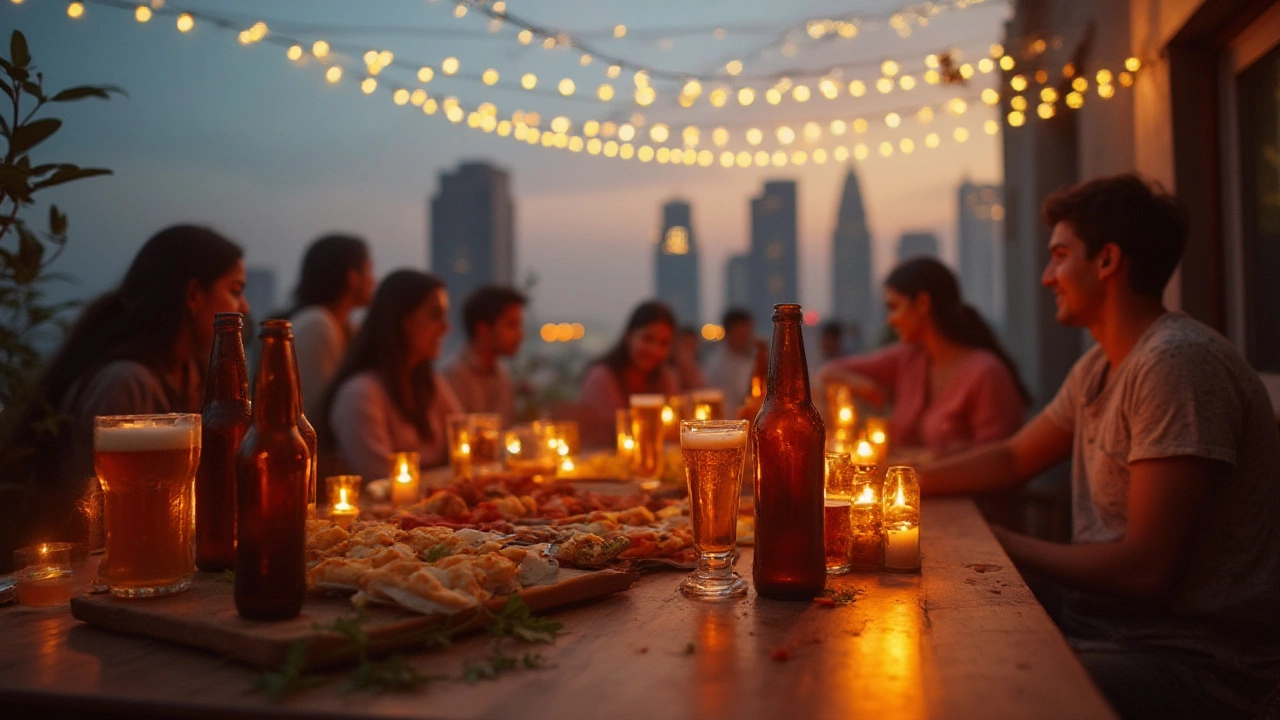
Personal Taste vs. Market Giants: Is Popularity the Whole Picture?
This debate always circles back: is the “number one” beer just what sells most, or what genuinely tastes best? Honestly, sales and taste don’t always match up. It’s like asking if the most streamed pop song is really the greatest of all time—sometimes catchiness and accessibility take the cake, not deep artistry.
If you go by beer tasting competitions, the darlings are often craft or specialty brews. Westvleteren XII is famously hard to get—it’s still brewed by Trappist monks in Belgium and wins “best beer in the world” titles for its complex flavor. Goose Island’s Bourbon County Stout, Weihenstephaner Hefeweissbier from Germany, and even American IPAs like Russian River’s Pliny the Elder get regular nods from critics for creativity and flavor. Yet you won’t see these beers knocking Snow or Budweiser off the global sales charts.
Cultural trends also play a part. In Africa, beers like Tusker (Kenya) or Castle Lager (South Africa) are part of local stories and celebrations. In Japan, crisp, dry lagers like Asahi Super Dry dominate izakayas. And in the UK, the classic real ale revival brings cask ales like Timothy Taylor’s Landlord back into the spotlight for old-school charm.
But let’s not miss how advertising shapes what we drink. Big beer spends big on ads—Budweiser with Super Bowl campaigns, Heineken’s Champions League sponsorships, or Guinness with its famous “Good things come to those who wait” ads. It builds familiarity and trust. As Diageo master brewer Peter Simpson says,
“A beer doesn’t just have to taste good—it has to mean something to people. That’s how a pint becomes a tradition and not just a sale.”
This is why “number one” always depends on who’s asking and what you value: mass-market reach, cultural impact, or sensory experience.
- Want to try the world’s bestselling beer? Look for Snow Beer online—import sites occasionally stock them.
- Care more about taste? Hunt down award-winners like Westvleteren XII or specialty stouts from leading craft breweries.
- Enjoy the rituals? Heineken or Corona’s global parties or Guinness on tap at a lively Irish bar each bring their own magic.
Expert Tips for Finding Your Own “Number One” Beer
Finding your favorite beer—one that hits just right for your taste and mood—is way more fun than just picking up the fastest-selling brand. If you feel swamped by choice, I’ve got some tips that make the hunt way more enjoyable (and delicious):
- Try International Styles: Each country has its signature. German hefeweizens are yeasty and cloudy, Belgian dubbels are dark and rich, and Czech pilsners are crisp with a slight bitterness. Grab a world-beer variety pack to sample different classics.
- Take Advantage of Beer Festivals: Events like Oktoberfest (Munich) or Great British Beer Festival (London) showcase hundreds of brews and let you taste-test new favorites in a fun crowd. Mark your calendar for local beer tastings, too.
- Don’t Fear Light Lagers: There’s a reason they dominate sales—they’re refreshing, versatile, and pair with almost any food. Even craft drinkers can appreciate a well-made lager, especially in summer.
- Track Down Seasonal Brews: Breweries love playing with pumpkin, spices, fruit, and barrel-aging. Limited editions stretch your palate and give you a rare “I’ve tried that!” bragging right.
- Join a Tasting Club: Whether online or in-person, beer clubs are awesome for learning about brewing, collecting tasting notes, and swapping recommendations.
- Check the Pour: Whether draft or bottle, a clean glass, a tight creamy head, and the right chill make a huge difference, especially for beers with strong aromas like stouts or IPAs.
At the end of the day, there’s no single winner for all—except by sales, where Snow Beer’s numbers steal the show. But the “number one beer in the world” really just points to something universal: beer brings people together, wherever you are and whatever style fills your glass.
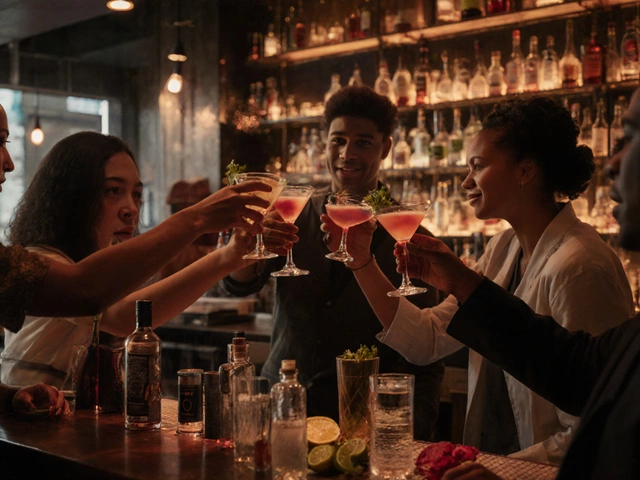
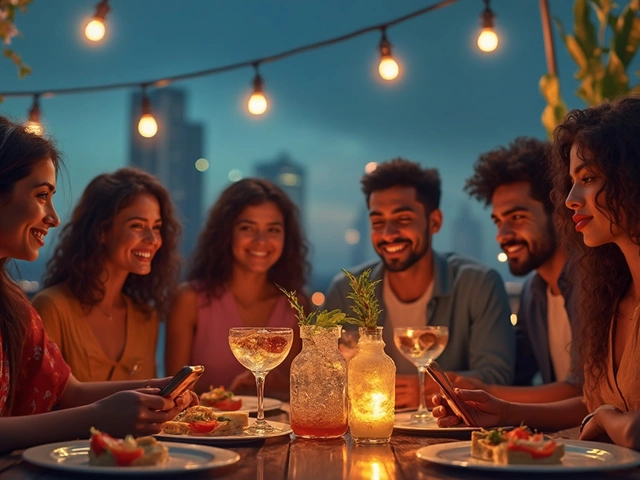
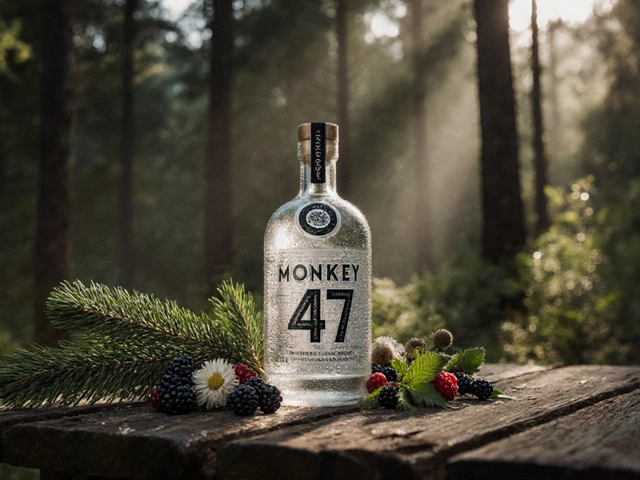
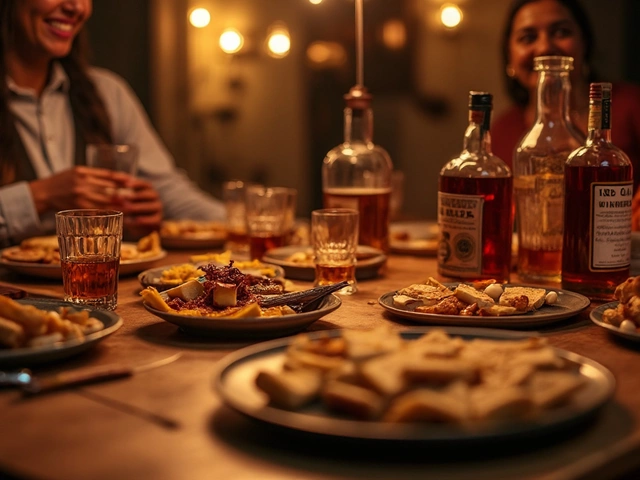
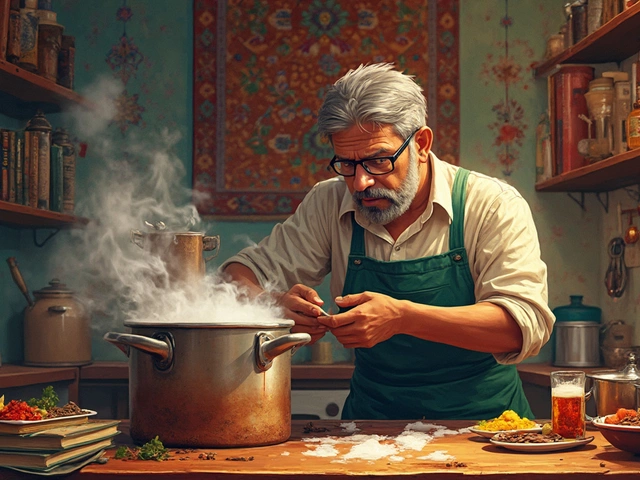
Categories